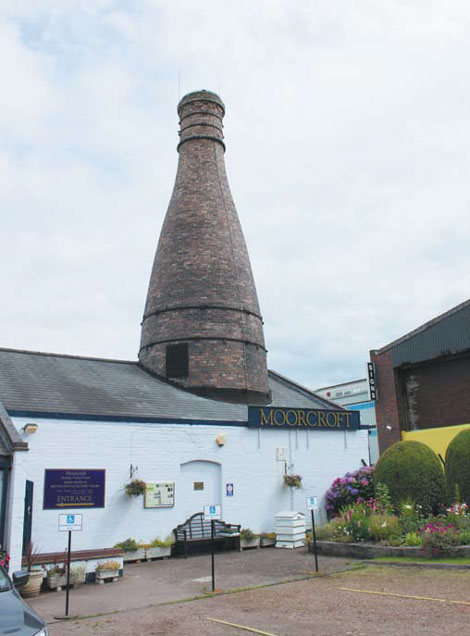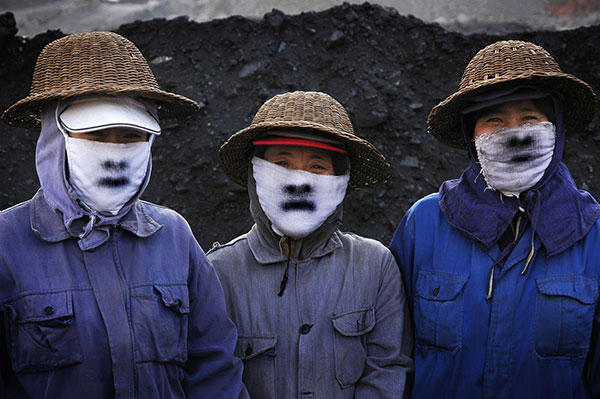Happy potters all fired up about ancient Chinese porcelain
Updated: 2015-08-14 08:53
By Peng Yining(China Daily Europe)
|
|||||||||||
 |
|
An old kiln in Stoke-on-Trent, Staffordshire, the home of the English pottery industry. Photos by Peng Yining / China Daily |
Ancient and modern
The Sanbao Ceramic Art Institute, a private art center in a suburb of Jingdezhen, receives more than 200 foreign artists every year, including about a hundred who arrive to work as artists in residence. Many of them come from the United Kingdom, says Li Wenying, the institute's manager.
When Li attended the International Ceramics Festival, held in July at Aberystwyth on the coast of West Wales, the Chinese artwork and handmade pottery tools she took along attracted huge interest.
"During the three-day event, my stand was crowded all the time. People were asking me about Jingdezhen and traditional Chinese skills," she says.
"In 2013, I was invited to give a speech on our institution and Jingdezhen's ceramic arts at the festival. Next time, I hope to bring more Chinese potters to the UK's leading ceramics event."
After Jingdezhen's potters discovered the secret of making porcelain during the Song Dynasty (960-1279), the material became one of China's earliest and most-important global commodities, and helped introduce Chinese culture, art and the name of the city to the world. Even today, Jingdezhen is a byword for ceramics.
Although the industry has modernized and many of the old processes are now performed by machines, the city's ancient kilns and skills have been lovingly preserved.
Built during the Qing Dynasty (1644-1911), the 40-meter-long Zhenyao is in the Guinness Book of World Records as the world's largest wood-burning kiln, and it is still regularly used to fire porcelain.
In 2005, a blue and white jar that had been fired in Huluyao - another active ancient kiln in Jingdezhen - during the Yuan Dynasty (1271-1368), sold for $34 million at an auction in London.
"For ceramic artists, Jingdezhen is like a gold mine - there are so many things to learn. An ordinary old man walking on the street might be a master of the wood-burning kiln," Li says, adding that in the UK, ceramists focus on having good ideas, but very few of them understand glazes and related skills, including throwing, coiling and painting.
Today's Top News
Tsipras resigns, asking snap general elections
Preparations shutter Forbidden City, other major tourist spots
Changing face of illegal immigration
President Xi Jinping calls for crews not to ease up
Jon Bon Jovi sings in Mandarin for Chinese Valentine's Day
DPRK deploys more fire units to frontlines with ROK
No cyanide detected from Tianjin river section with fish deaths
Greek PM to resign, seek snap election in September
Hot Topics
Lunar probe , China growth forecasts, Emission rules get tougher, China seen through 'colored lens', International board,
Editor's Picks

|

|

|

|

|

|






